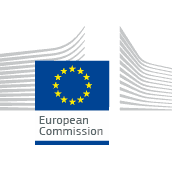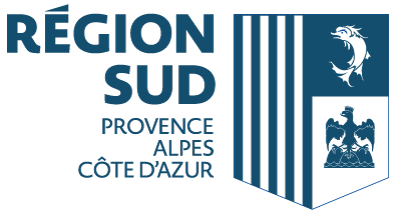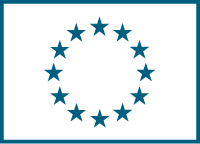
Systems of materials characterisation for model, product and process optimisation - NMBP-07-2017
Date de clôture : 4 mai 2017
APPEL À PROJET CLÔTURÉ
APPEL À PROJET CLÔTURÉ
Specific Challenge:
As material systems and device structures become nanosized and nanostructured, significant challenges exist with respect to their design and the tailoring of their functions in a controlled way. The use of discrete materials models, as a bridge for linking and coupling nanostructure features to macroscopic device functionality is gaining increasing importance in the fast and reliable development of new materials, devices, and the control of the related production processes. Characterisation techniques and experimental data for process optimisation and model validation are key in such developments.
Europe has a large number of first-class laboratories for characterisation in the field of advanced materials and nanotechnologies. In some cases, regional hubs of laboratories addressing characterisation for specific industrial or application sectors have already been successfully established. Nevertheless, there is an ever increasing need for a strong transnational and trans-sectorial coordination and optimisation of existing characterisation technologies and their utilisation for the benefit of widespread process optimisation and model validation. This includes the need for widely agreed experiment protocols, multi-technique and multi-scale characterisation approaches, metadata descriptions of interpretation tools and accessible, relevant, and reliable data bases for raw and interpreted data.
Scope:
In the triangle of manufacturing, modelling, and experimentation, the projects should develop an open innovation environment for the optimisation of materials, materials behaviour and/or nano-device manufacturing processes, and for the validation of materials models[[http://ec.europa.eu/research/industrial_technologies/modelling-materials_en.html]] based on experimental characterisation.
An open innovation environment should be created linking characterisation laboratories with capacities adapted to process optimisation and model validation needs. Also information on characterisation tools and expertise should be included.
Commonly agreed validation and measurement protocols should be developed which address the most relevant issues related to experiments, process optimisation and model validation. Projects should also document their protocols for the interpretation of raw experimental data and document reliable models for data interpretation where needed. The project may seek to agree standards for interpretation protocols. Meta data to describe all protocols should be agreed.
The same metadata should be used for interfacing existing characterisation databases to make search and linking between different, distributed databases effective and easy. The metadata should allow future extension to other sectors. Strategies and test rules pertaining to data integrity and quality mechanisms should be established. A concept to make raw and interpreted data citable should be developed and implemented for this system. The project should ensure wide spread participation.
Projects should bring together a representative number of players from public and industrial nanoscale characterisation laboratories, from manufacturers, and from the academic and industrial materials modelling communities. To ensure a wide coverage, these players should cover several industrial or application sectors. Existing regional/national hubs may also participate, but they need to connect in the project to players in other countries, possibly also other regional/national hubs.
The proposal should present a credible business plan for the maintenance of the open environment after the project duration.
Proposers are strongly encouraged to consult the stakeholders outside the consortium through existing groups such as the European Materials Modelling Council or the Characterisation cluster. Appropriate resources should be foreseen for clustering activities.
The implementation of this topic is intended to start at TRL 4 and target TRL 6.
This topic is particularly suitable for SMEs.
International standardisation, e.g. with the ISO, may be considered.
The Commission considers that proposals requesting a contribution from the EU between EUR 3 and 4 million would allow this specific challenge to be addressed appropriately. Nonetheless, this does not preclude submission and selection of proposals requesting other amounts.
Expected Impact:
- Increased speed of material and/or nano-device development through development of an open innovation environment;
- Wide acceptance of the proposed solutions beyond the consortium;
- Use of the protocols and systems in other relevant areas or sectors beyond the ones covered by the project;
- Use of the protocols in the development of new standards;
- Clear, prospects for quantified, socio-economic gains from the proposed solutions should be addressed, supported by quantifications;
- The maintenance aspect of the developed databases beyond the lifetime of the project should be addressed.
Lien officiel : Disponible pour les utilisateurs enregistrés




S'il vous plaît Se connecter pour voir cette section